Premium Only Content
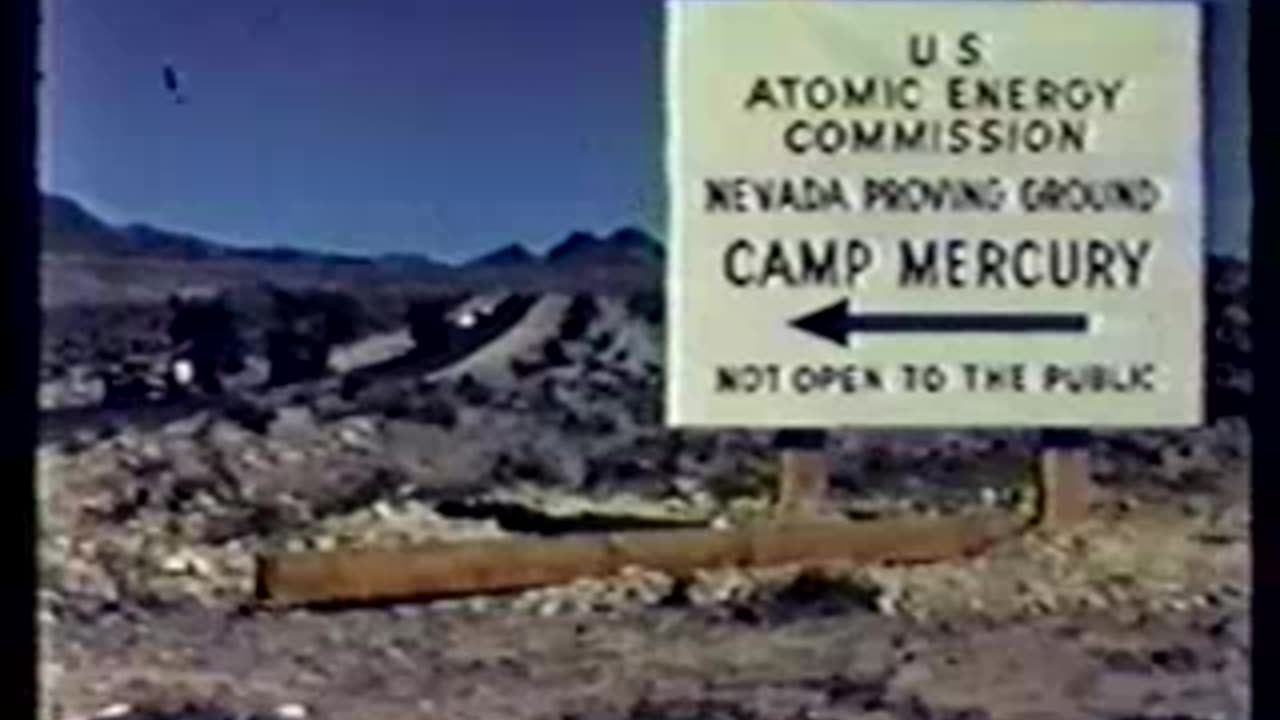
"Military Participation on TUMBLER-SNAPPER
"Military Participation on TUMBLER-SNAPPER" is a declassified documentary narrated by Reed Hadley, focusing on the U.S. nuclear weapons tests conducted during Operation TUMBLER-SNAPPER in 1952 at the Nevada Proving Ground. Here's an overview:
Operation TUMBLER-SNAPPER Overview:
TUMBLER Phase: Primarily concerned with airdropped nuclear weapons, conducted by the Department of Defense.
SNAPPER Phase: Focused on experiments by the Atomic Energy Commission and Los Alamos Scientific Laboratory to enhance the understanding of nuclear weapon effects.
Key Events:
Able: An airdrop test on April 1, 1952, with a yield of one kiloton, aimed at analyzing shock waves.
Baker: Another one-kiloton yield on April 15, also for weapons effects data.
Charlie: On April 22, this 31-kiloton explosion was observed by the news media and involved Army maneuvers under the mushroom cloud, showcasing a significant military exercise.
Dog: A 19-kiloton shot on May 1, where Marines conducted a nuclear exercise, driving towards ground zero until forced back by radiation levels.
Easy: On May 7, a 12-kiloton test where scientists captured the birth of the blast in milliseconds.
Fox: An 11-kiloton test on May 25, observed by military personnel for radiation monitoring training, with military equipment placed near the shot tower.
George and How: Both were weapons development tests with yields of 15 and 14 kilotons respectively, conducted on June 1 and June 5, 1952.
Military Involvement: The operations involved various branches of the U.S. military, with specific exercises designed to study the effects of nuclear weapons on troops and equipment in combat-like scenarios.
Narrator and Production: Reed Hadley, known for his entertainment career, also served in a secretive military role providing narration for films produced by the Armed Forces Special Weapons Project (AFSWP). These films were made at the Lookout Mountain Laboratory in Hollywood, focusing on nuclear testing, weapon systems, and civil defense.
Declassification and Censoring: The film was not declassified until 1997, long after the Cold War. It includes declassification tags at the beginning, with some audio possibly silenced to censor sensitive information.
This documentary serves as both a historical record of nuclear testing and military strategy during the early Cold War period, providing insights into the operational aspects, scientific research, and the human elements of nuclear weapon testing.
-
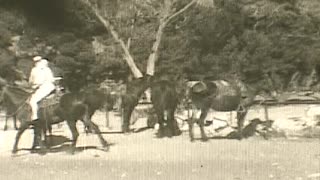 16:31
16:31
Archival Moments
4 months agoSanta Barbara & Grand Canyon, 1939
87 -
 LIVE
LIVE
Caleb Hammer
1 hour agoFinancial Audit's First Furry
71 watching -
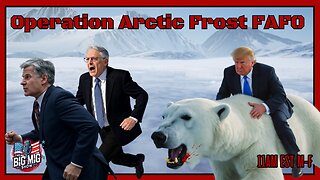 LIVE
LIVE
The Big Mig™
1 hour agoOperation Arctic Frost FAFO!
5,000 watching -
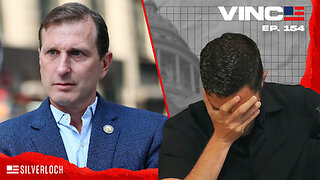 1:01:47
1:01:47
VINCE
2 hours agoThe Dems Are Desperate So They're Breaking The Law | Episode 154 - 10/24/25
54.5K71 -
 LIVE
LIVE
Badlands Media
9 hours agoBadlands Daily: October 24, 2025
3,646 watching -
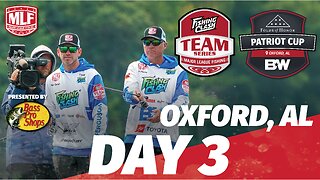 LIVE
LIVE
Major League Fishing
8 days agoLIVE! - Fishing Clash Team Series: Patriot Cup - Day 3
136 watching -
 LIVE
LIVE
Film Threat
23 hours agoFRANKENSTEIN + SHELBY OAKS + CHAINSAW MAN + MORE REVIEWS | Film Threat Livecast
36 watching -
 LIVE
LIVE
Side Scrollers Podcast
22 hours ago🔴FIRST EVER RUMBLE SUB-A-THON🔴DAY 4🔴BLABS VS STREET FIGHTER!
1,039 watching -
 1:07:07
1:07:07
Graham Allen
3 hours agoLibs Are FUMING Over Trumps Ballroom! + Trump ENDS ALL Trade Talk With Canada And NBA Scandal!!
81.6K56 -
 27:30
27:30
Simply Bitcoin
1 day ago $3.15 earnedAndré Loja: The Man Building a Sovereign Bitcoin Island
9.31K4